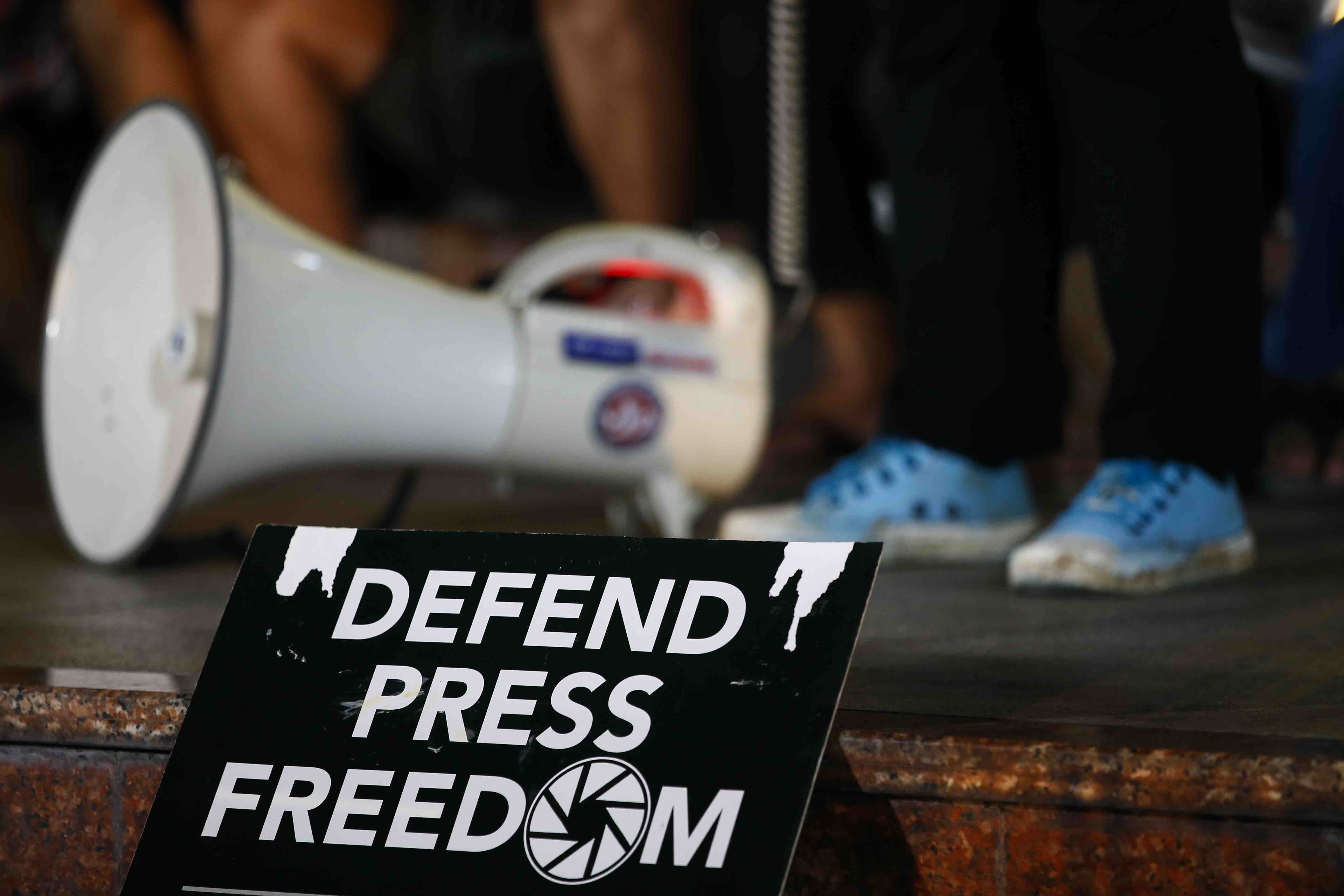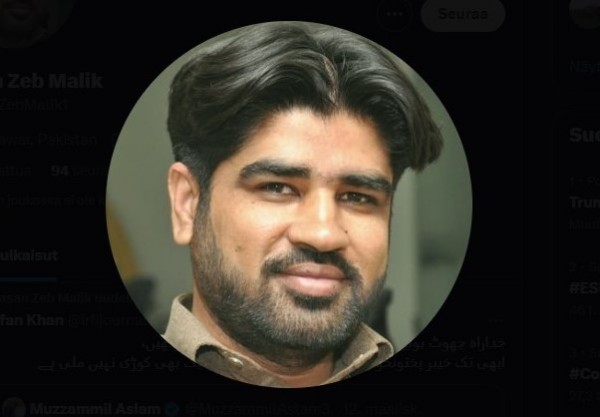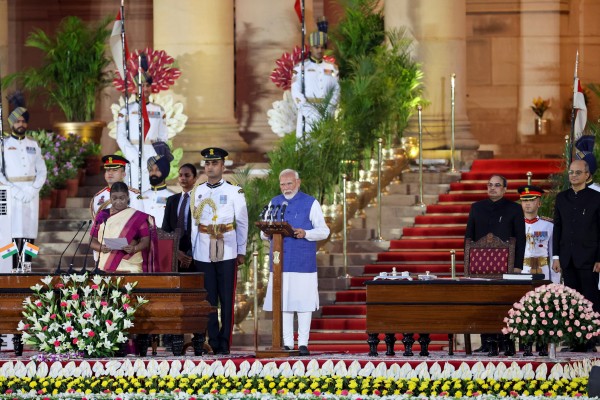IPI’s media partners in the South Asia Cross-border journalism project in Bangladesh, India, Pakistan and Nepal document press freedom violations in their countries.
Imagine the Indian Penal Code as a rambling, ramshackle bazaar. Rambling, because its 23 chapters and 511 sections supply numerous legal provisions that the police and the courts would want to maintain law and order. Ramshackle, because the bazaar has stood for 160 years, its shaky colonial-era underpinnings denied the structural modifications that experts say they clearly need.
Arguably, if recent controversies are any indication, the most decrepit sections of this legal bazaar must be those offering tools to restrict freedom of speech. At least two such IPC sections that experts say are juristically infirm—153A (promoting enmity between different groups on grounds of religion, race, language, and so on) and 295A (malicious acts intended to outrage religious feelings)—have been doing brisk business of late. Both the sections are colonial-era creations, with a well-documented history of abuse by authorities, both before and after independence. Still, Union and state governments have been merrily deploying them in a manner that has experts concerned about the future of press freedom and civil liberties in the country.
Section 153A, especially, has come under severe scrutiny. The latest report of the National Crime Records Bureau says the number of cases registered under this section rose by six times between 2014 and 2020—up from 323 to 1,804. The report also reveals that such cases have one of the lowest conviction rates (20.2 per cent) and the second highest police pendency rate (64.3 per cent) among major IPC provisions. Clearly, these cases—many of them false and frivolous, say lawyers—are further clogging India’s criminal justice system.
Take the recent case involving Delhi University assistant professor Ratan Lal, who was arrested in May on charges of offending religious sentiments and promoting enmity on grounds of faith. Lal had made what seemed to be a sarcastic tweet about a cylindrical object made of stone—a shivling, claimed some Hindus—that was found during a recent, controversial video survey of the Gyanvapi mosque in Varanasi. Right-wing groups alleged that his tweet offended religious sentiments, and that it pitted one religious group against another. Days after his arrest, though, a Delhi court granted him bail saying the tweet was just a “failed attempt at satire”.
“India is a country of more than 130 crore people, and any subject can have 130 crore different views and perceptions,” wrote Chief Metropolitan Magistrate Siddhartha Malik in the bail order. “The feeling of hurt felt by an individual cannot represent the entire group or community.” Describing himself as a “proud follower of Hindu religion”, Malik wrote that Lal’s tweet was a “distasteful and unnecessary comment made on a controversial topic”. But the judge also felt Lal did not intent to promote hatred between communities, as the police had charged.
The bail order stressed the need for the judiciary to adopt “higher standards” than the police in deciding the maintainability of cases registered under section 153A—a position welcomed by critics of saffron politics but condemned by its supporters.
Days later, though, BJP spokesperson Nupur Sharma passed controversial comments on Prophet Muhammad and his third and youngest wife, Aisha, during an angry television debate. The comments were widely perceived to be blasphemous in nature, and it attracted international attention and caused a diplomatic crisis, prompting even those who had earlier supported Lal and his right to free speech to come out against Sharma and demand that she be charged under section 153A. The tables had curiously turned.
One reason for section 153A’s continued use, say experts, is that it is as politically expedient as it is juristically flawed. Several states, for instance, have been using it to register allegedly false and frivolous cases to mould favourable public opinion and crush protests against the government. According to the NCRB report, from 2018 to 2020, the number of cases registered under section 153A rose drastically in Tamil Nadu, Uttar Pradesh, Andhra Pradesh, Assam, Telangana and Kerala. Since the pendency rate of such cases remain high, and the conviction rate low, the protracted police actions and court proceedings themselves serve as punishment to the accused.
The situation has had a chilling effect on press freedom as well. In an environment where even a failed attempt at sarcasm can land one behind bars, self-censorship tend to become not just useful but also prudent.
Interestingly, the effect that defective IPC sections like 153A would have on India’s press freedom were foretold as early as 1951, by the hindutva icon Syama Prasad Mookerjee. He was a member of Parliament when prime minister Jawaharlal Nehru pushed through the First Amendment of the Constitution. A major objective of that sweeping, polarising amendment was to bring fresh restrictions on the freedom of speech and expression guaranteed by Article 19 of the Constitution. The opposition’s attack against it was led by Mookerjee, who thundered in Parliament that Nehru was “cutting at the very root of the fundamental principles of the Constitution”, and that the amendment was the “beginning of the encroachment of the liberty of the people of Free India”.
Author and legal historian Tripurdaman Singh describes the two weeks in which Parliament debated the proposed amendment as “the first battle of Indian liberalism”, in which “a disparate band of forces took up the fight to preserve the expansive freedoms the Constitution had originally granted”.
“In a nutshell, the bill proposed several major modifications,” writes Singh in Sixteen Stormy Days: The Story of the First Amendment to the Constitution of India. “It sought to introduce new grounds on which freedom of speech could be curbed—public order, the interests of the security of the state and relations with foreign states. In the original constitution, these had been limited to libel, slander, defamation, contempt of court and anything that undermined the security of the state or tended to overthrow it. With the addition of the three nebulous new provisos, left to the government of the day to define, the right to freedom of speech and expression was to be drastically curtailed.”
Nehru had his reasons to advocate the passing of the bill. He felt that the original Constitution was “kidnapped and purloined by lawyers”, that courts were stressing fundamental rights over the equally important directive principles of state policy, thereby hindering the “whole purpose” of the Constitution itself.
Nehru was also frustrated by the government’s failure in censoring what he saw as undue criticism of the Congress’s social policies. Much to his dismay, two publications from the opposite ends of the political spectrum—the left-leaning weekly Cross Roads and the RSS mouthpiece Organiser—had come together in castigating Nehru. The first amendment, which was passed after weeks of bitter debates in and outside Parliament, was also meant to silence such criticism. It reactivated IPC sections like 153A, 295A and 124A (sedition), all of which were not apparently intended to be part of the original Constitution.
“For example, section 124A is today cited as a remnant of British colonialism, now misused as a means of silencing dissent,” writes Singh. “Yet, not even its most prominent critics ever note that the founding fathers of the Constitution did not intend for it to remain on the statute books. It had found no constitutional support in the original Constitution. It was revalidated in 1951, despite intense opposition, by the introduction of new grounds under which free speech could be curtailed—‘the interests of the security of the state’ rather than undermining the security of the state or overthrowing it.”
Echoes of that first parliamentary battle still resonate today. The battle lines, however, have become blurrier. While the abuse of section 124A has led to the Union government informing the Supreme Court that it intends to review the law, sections such as 153A and 295A continue to be liberally used. The opposition is yet to take up a united fight, or even a clear position, on whether to do away or appropriately modernise these provisions.
The government, though, finally seems to be responding to the pressing need for bringing structural changes in the IPC. In March this year, it informed Parliament that it had started the process to bring comprehensive changes in the IPC, the Criminal Procedure Code and the Indian Evidence Act in consultation with all stakeholders in the Centre, states and Union territories. But it is not clear what the government intends to do with unwieldy and flawed IPC sections.
Perhaps, as an ideological heir to the disparate band of forces that once fought to preserve civil liberties and press freedom, the BJP-led government may take its cues from the advice that Organiser editor K.R. Malkani gave to Nehru in March 1951. “If the administration earnestly wants ugly facts to not appear in the press, the only right and honest course for it is effectively to exert itself for the non-occurrence of such brutal facts,” wrote Malkani. “Suppression of facts is no solution…. Surely, the government does not hope to extinguish a volcano by squatting more tightly on its crater.”



